One week ago, a destructive tornado hit Wayne, Nebraska. Since my Dad is from nearby Laurel, we know people in that area. I was definitely glad to hear that everyone was safe. Having been rather close to the Hickman tornadoes of 2004, I remember the intense fear and panic of having uncontrolled weather nearby.
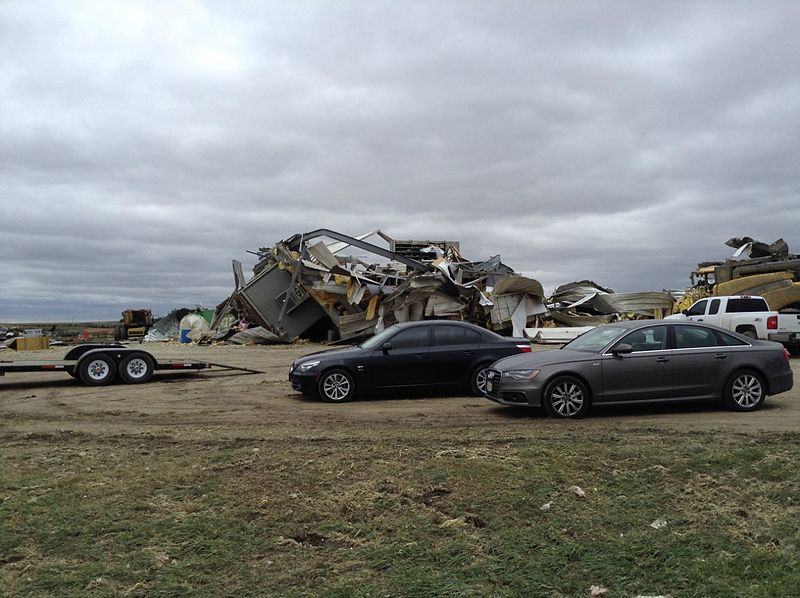
Photo of Wayne devastation courtesy of Wikimedia Commons.
Normally my Flashback Fridays involve places I wish my kids could have experienced. Like the Capitol Beach Amusement Park and Buffalo Bill’s Wild West Show. But that is not the case today. I would be fine if our family never saw a tornado again. I am thankful that we were NOT around to witness the Nebraska tornadoes of 1913. But I am glad that I took the time to research and recount these events. Although tinged with tragedy, resiliency and hope are still the overriding themes of that fateful day.

I think if the Omaha tornado happened today, the coverage would have been continuous for weeks. Back then, those were the days before adequate warning systems. My initial thought was that with more people knowing to take shelter, the storm would have only been a small blip. But looking at the pictures of the tornado and the destruction, I am guessing that this would have made national news for a LONG time! Even back then, this storm made headlines across the country. Of course some faulty journalism was involved. One article claimed that 1,000 people were killed, but thankfully the actual death toll was much lower than that.

Photo courtesy of HistoricOmaha.com.
When I did more research, I discovered that the devastation would have been far worse today. Maybe not of lives but definitely of property. The National Weather Service did some research into just what recently built areas would have been demolished. The length of the list is staggering.

Photo courtesy of HistoricOmaha.com.
This tragedy happened during the age of the National Weather Bureau. A smaller government organization that made do with antiquated weather technology. And the word “tornado” was taboo back then. (They did not want the public to panic). But one bureau man did correctly predict that troubled weather was coming. Three hours before the tornadoes would begin, he sent messages to the area train stations warning people to be watching for impending storms.

Plymouth Congregational Church in Omaha in the toughest area that was hit. Photo courtesy of HistoricOmaha.com.
Easter Day had dawned bright, sunny and warm. But by the end of March 23rd, 1913, a total of seven tornadoes touched down in Nebraska and Iowa. Although they were not classifying twisters in the same way, we now know that several were of the F-4 variety – almost the biggest ones possible. 168 people were killed, and there was $10 million worth of property devastation. Stories abounded of tragedy, yet glimpses of hope broke through as others had miraculously survived.

Near 38th and California St. Photo courtesy of HistoricOmaha.com.
The destruction brought about several results. Tornado insurance coverage drastically increased as many victims were uninsured. Lumber companies profited from the building supplies that were now required. Communities bonded together as they began the process of rebuilding. One unexpected outcome – tourists flocked by the hundreds to see the devastated areas. Maybe not much different from today – we just tend to huddle around our television sets when destruction and tragedy has occurred.
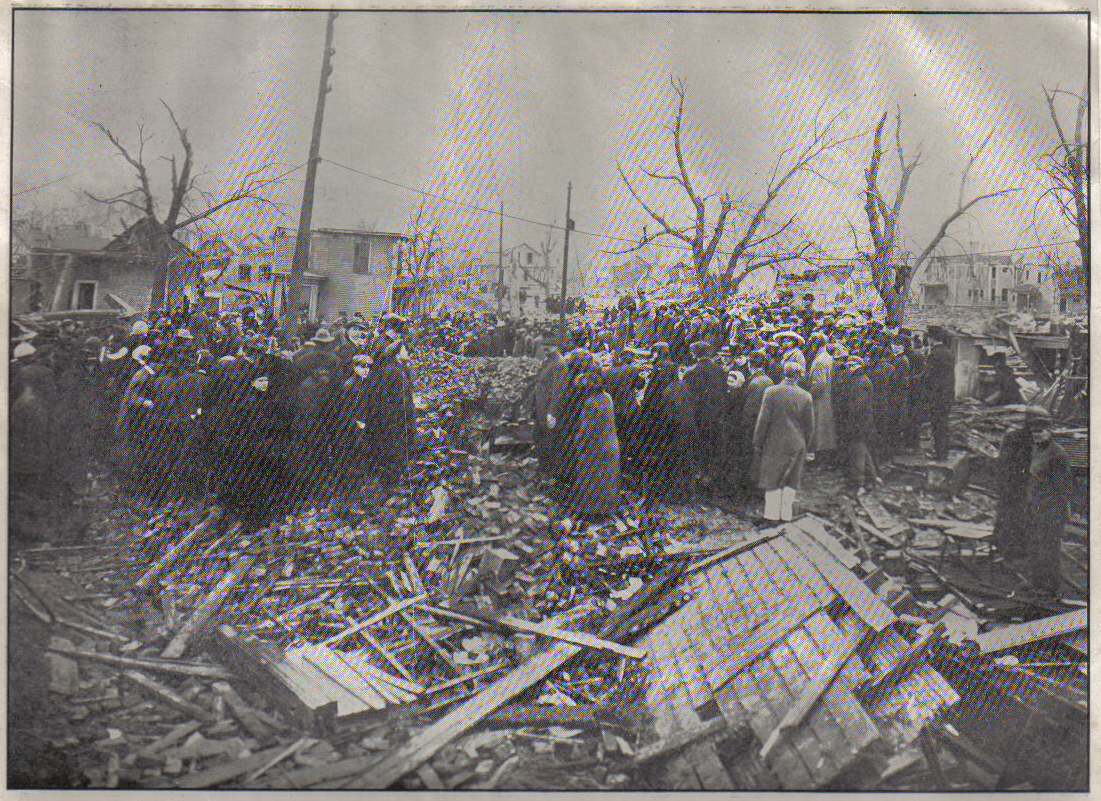
Having to see for themselves what happened. Photo courtesy of HistoricOmaha.com.

Unfortunately, soldiers had to be called in to protect the area from looters. Photo courtesy of HistoricOmaha.com.
This event was well documented by the Omaha Bee newspaper. First hand accounts were also recorded, including a letter by one eyewitness to her mother telling about her personal experiences of the storm. Besides the excellent photographs collected at Historic Omaha,Nebraska Education Television (NET) has many links with a multitude of angles on this story. If you want to learn more, I would highly recommend watching their documentary, Devil Clouds: Tornadoes Strike Nebraska. Extremely well done, this provided me with much of the research that I presented in this blog post.

Working together to restore what used to be. Photo courtesy of HistoricOmaha.com.
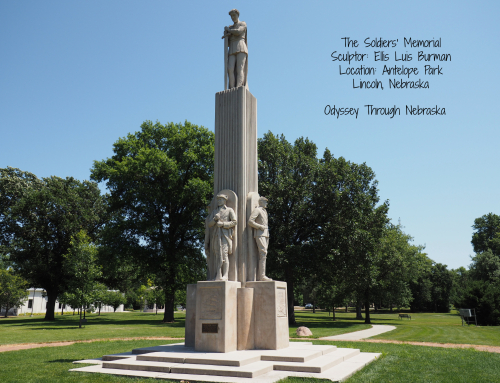
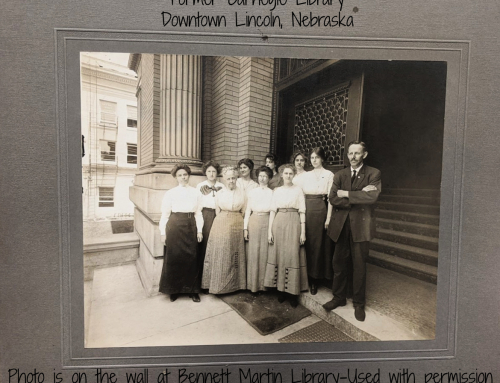
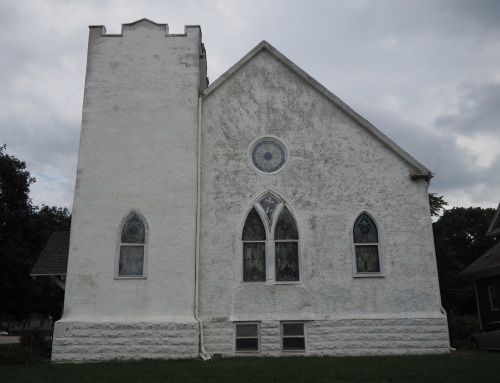

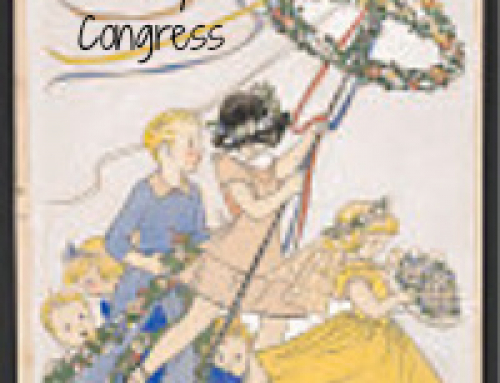
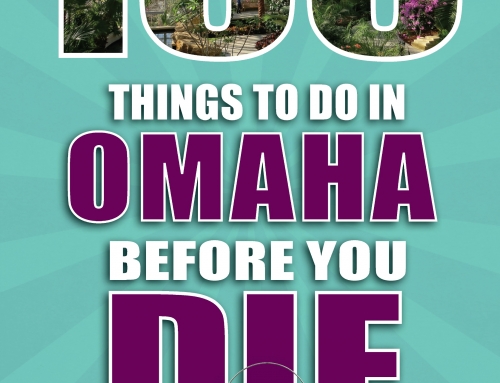
I love historic info like this! Great post! I live in Wayne and it was very scary a week ago today. Its amazing how resilient people in small towns are – it makes me proud to be from here. The devastation is pretty extreme in the areas that were hit but people in Wayne are very fortunate that no one was killed since it targeted industry that employs hundreds of people.
I was scared for everyone – happened to be watching the news through the event. I hope you and your family were safe!